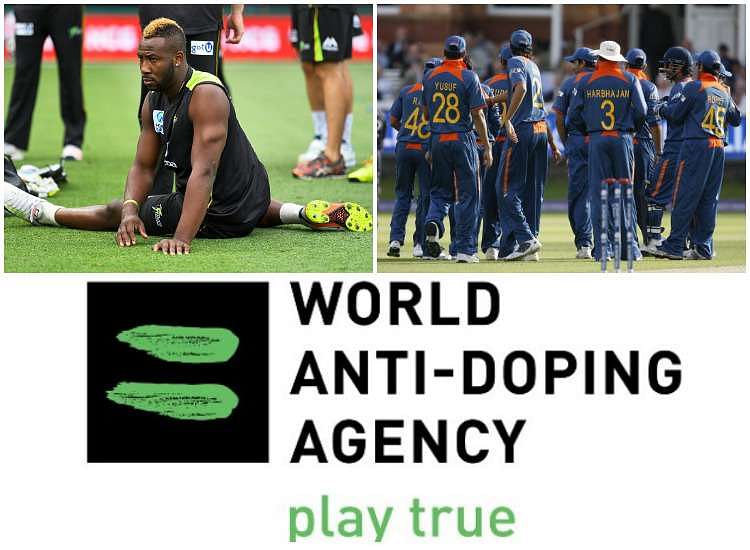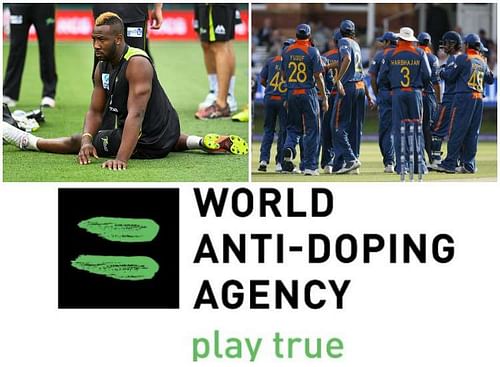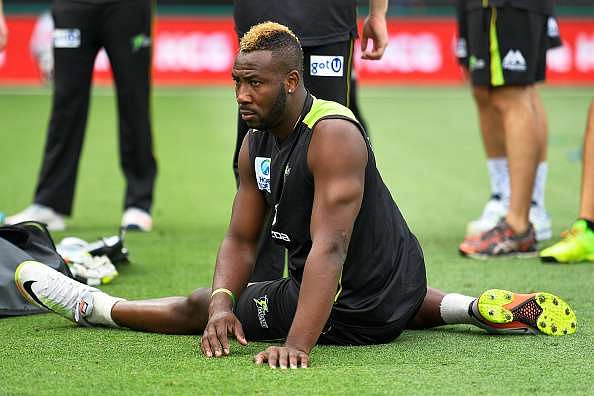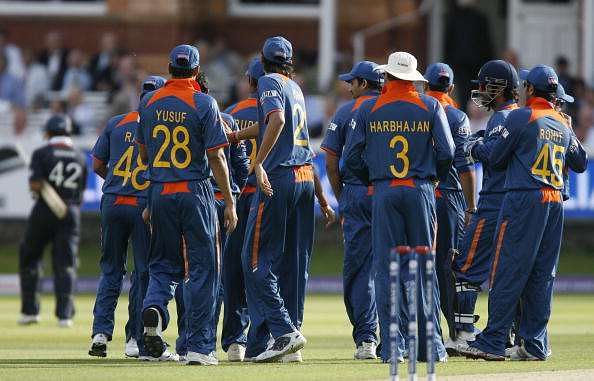
Explaining anti-doping procedure and WADA's whereabouts clause

The eagerly awaited verdict to Andre Russell’s long-drawn case of doping-code violation was announced yesterday. An independent anti-doping committee in Jamaica handed a one-year ban to the West Indies all rounder. As a consequence, the globe-trotter cannot take part in any international match as well as ICC-sanctioned tournaments such as PSL, IPL, Natwest T20 Blast and CPL from January 31st of 2017 to January 30th of 2018.
Interestingly, Russell was not proven to have consumed any substance included in the banned list under the purview of World Anti-Doping Agency (WADA). However, the 28-year old received a suspension because he had violated the organization’s whereabouts clause.
According to WADA, “Whereabouts are information provided by a limited number of top elite athletes about their location to the International Sport Federation (IF) or National Anti-Doping Organization (NADO) that included them in their respective registered testing pool as part of these top elite athletes’ anti-doping responsibilities.“
Russell was found guilty of neglecting to file information on his whereabouts on three different occasions namely January 1, July 1 and July 25 in 2015 which as per regulations equated to a failed drug test.
Importance of the whereabouts clause
The concerned authorities usually send reminders through accepted modes of communication such as phone calls, e-mails and letters. The dates, during which the athlete is free from any competition, are utilized to conduct dope tests. Since the samples are taken without prior notice, methods to tamper them diminish considerably.
WADA states, “The concept of out-of-competition is not new. Experience has shown that out-of-competition testing is crucial to the fight against doping, in particular because a number of prohibited substances and methods are detectable only for a limited period of time in an athlete’s body while maintaining a performance-enhancing effect. The only way to perform such testing is by knowing where athletes are, and the only way to make it efficient is to be able to test athletes at times at which cheaters may be most likely to use prohibited substances and methods.”
The whereabouts clause is restricted to a limited number of international athletes who are registered with either IF or NADO. With WADA not taking responsibility to decide who should enter the registered testing pool, it remains unclear on what constitutes a ‘top-level athlete’. However, frequent workshops have been conducted during the course of the last few years to raise awareness among athletes regarding the procedure involved in filing their whereabouts.
Why Indian players raised concerns in 2009
Prior to the 2004 Olympic Games in Athens, WADA introduced the World Anti-Doping Code to bring about uniformity to the procedure. Following several rounds of discussions between various stakeholders from 2006 to 2008, the whereabouts clause was amended at the start of 2009 in order to adhere to the evolving international standards. It is pertinent to note that International Cricket Council (ICC) became a signatory of WADA in 2006.
Among the major changes incorporated from January 2009 read – “The requirement for top-level athletes included in the registered testing pool of either their IF or NADO to specify 1 hour each day (between 6 a.m. and 11 p.m.) during which they can be located at a specified location for testing. These athletes do not have to identify the 60-minute time-slot at a home address, but they can if they wish to. Previously this was a 24/7 requirement.“
During August 2009, leading Indian players such as MS Dhoni, Harbhajan Singh and Yuvraj Singh raised concerns regarding the whereabouts clause. Their argument stemmed from potential security issues if they were to reveal their location in advance by one hour every day for the ensuing three months that fell under the stipulated out-of-competition testing time period.
Upon discussing their concerns with the Board of Control for Cricket in India (BCCI), the organisation’s then President Shashank Manohar backed the players’ views. He pointed to the celebrity status enjoyed by cricketers in India and suggested an alternative method to ICC so as not to impede with the security cover entailed by those players. As per his theory, the game’s governing body must approach BCCI who would then inform a player to be available for testing at the prescribed location within 24 hours.
The security concerns were not restricted to members of the Indian cricket team alone. Tennis icons including Rafael Nadal and Serena Williams publicly spoke against the whereabouts clause. Reports emerged of Fédération Internationale de Football Association (FIFA) insisting that only those with high-risk of doping be included in the testing pool.
With WADA being an independent body, their guidelines did not allow an exemption to be granted to any federation. Shortly afterwards, WADA President John Fahey denied the allegations vis-à-vis FIFA’s intentions and reiterated that football’s apex body was fully compliant with the anti-doping code.
Concerns of the Indian cricketers were deliberated in a series of meetings between BCCI and ICC. With WADA involving the Indian government as well, the hue and cry surrounding the matter soon died down. After more than seven years, the issue has resurfaced with Russell now finding himself at the receiving end of the whereabouts clause. If he does choose to appeal against the one-year ban, another long and uphill legal battle awaits him.

